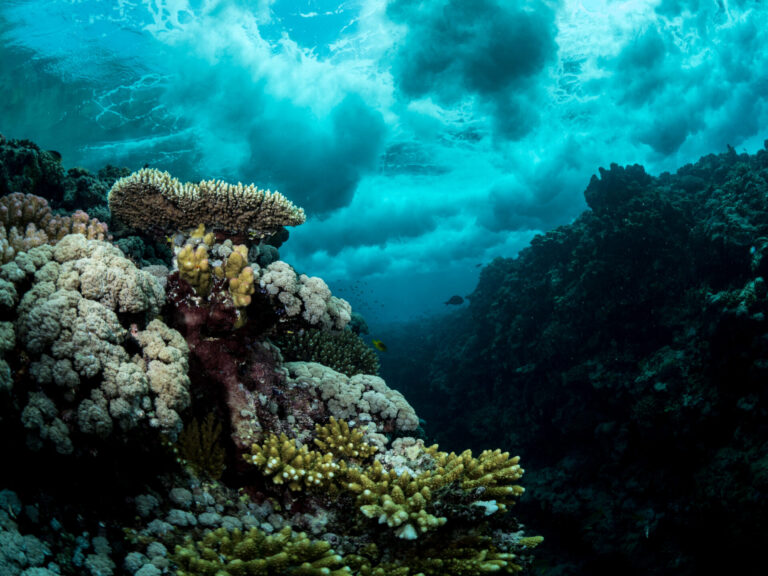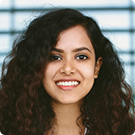Marine Science
Spilling the story of oil in the Arabian Gulf
Sediment libraries show marine ecosystems are accumulating oil pollution faster than ever.

Marine sediments tell the history of an environment, including oil spills. By “reading” sediments from the past century, a research team has now determined how much oil hydrocarbon is accumulated in different vegetated coastal habitats of the Arabian Gulf and the significance of this for environmental management.
In the early 1900s, the world’s second-largest and most productive oil resource was discovered in the Arabian Gulf. Today, the Gulf produces nearly half of the oil in the global market. In oil-producing areas, incidental spills, leakages and emissions are unavoidable. However, these spills have considerable impacts on surrounding marine habitats. The world’s largest spill took place here, during the Gulf War in 1991, with more than a million tons of crude spilling directly into Kuwait’s coastal waters.
The history of pre- and post-oil in the Saudi Arabian Gulf coast was reconstructed by a team led by KAUST, in collaboration with King Fahd University of Petroleum and Minerals and Saudi Aramco Environmental Initiatives. To do this, the team measured the concentration of petroleum hydrocarbons from sediments of three coastal vegetated blue-carbon habitats: mangrove, seagrass and saltmarsh.
“Several petroleum hydrocarbons are harmful contaminants. Vegetative marine ecosystems are considered to be blue-carbon habitats because they bury large amounts of organic carbon. Thus, in areas with prolific oil-based activities, they may also sequester oil hydrocarbons,” explains Susana Agusti, oceanographer and project leader. The research team also investigated whether these three different habitats varied in their capacity to accumulate and store hydrocarbons and what factors might influence this.
Twenty-five sediment cores were collected from the three blue-carbon habitats along a 400 kilometer stretch of the Saudi Arabian Gulf coastline, including the stretch of the coast that was severely affected by the 1991 oil spill. The age of the sediments was determined by measuring the concentrations of the radioactive isotope of lead (210Pb) in regular intervals along the length of each core. This created a library of time periods of sediment deposition that corresponded to sediment depth.
The analysis of a century of petroleum hydrocarbon concentrations, including several individual hydrocarbons recognized as priority pollutants, revealed that the story of oil in the Arabian Gulf was written in its coastal blue carbon sediments. “Clear peaks in oil concentration corresponded with major oil events in history, such as oil discovery and early exploitation in the 1930s, and also the Gulf War oil spill of 1991,” says Ananya Ashok, Ph.D. student and first author of the study.
Analysis of the rate of accumulation of oil hydrocarbons at different time periods showed that there were increasingly rapid rates of oil burial in the blue-carbon habitats of the Arabian Gulf. The team also showed that rising sea levels are exposing habitats higher up the tidal zone to oil that is borne by currents.
“These results indicate that blue-carbon ecosystems do more than sequester carbon and are important sinks for anthropogenic pollutants,” says Ashok, “And ecosystems are accumulating them at rates higher than ever before.”
Nearly 60,000 tons of petroleum hydrocarbons remain buried in the sediments of the last 25 years alone, the study shows. “Now that we know that disturbance of the sediments may remobilize these harmful pollutants, it is vital that we conserve these blue-carbon habitats,” warns Agusti.
References
-
Ashok, A., Cusack, M., Saderne, V., Krishnakumar, P.K., Rabaoui, L., Qurban, M.A., Duarte, C.M. & Agustí, S. Accelerated burial of petroleum hydrocarbons in Arabian Gulf blue carbon repositories. Science of the Total Environment, 669, 205-212 (2019).| article
You might also like

Marine Science
A place to trial hope for global reef restoration

Marine Science
Reef-building coral shows signs of enhanced heat tolerance

Marine Science
Plastic-munching bacteria found across the seven seas

Marine Science
AI reveals the universal beauty of coral reef growth

Marine Science
Tiny crabs glow to stay hidden

Marine Science
Mass fish deaths linked to extreme marine heatwave in Red Sea

Marine Science
Weeding out the secrets of Red Sea macroalgae

Bioscience




